When is your work at it’s best? When are you performing at the upper range of your capabilities? Take a minute. Think about that. What do you see? What images come to mind? What kind of feelings comes to mind? A common trait is relaxed focus. Free from distraction your energy is high, your attention focused. It is being in the zone.
Keystone Habits
“Keystone habits start a process that, over time, transforms everything” – Charles Duhigg A keystone habit is a habit that triggers a series of behaviors. It’s one thing a person or organization does that can change a culture.
Some habits matter more than others. For example, there have been studies that examine the impact of exercise on daily routines. They find that people who exercise on a consistent basis start changing other patterns in their lives, often inadvertently. Due to more consistent exercise other practices manifest, such as better eating, better work productivity, increased patience, less frequent credit card usage and feeling less stressed.
Habits and Culture
So, how should we think about this multiplication of habits in the context of an organization?
Every organization has habits, which are manifested in systems or processes, and develop the culture. Not all systems are created; some are accidental and evolve over time. One reason new initiatives may not gain traction is because they may conflict with organizational habits that are well established.
Introduce a Keystone Habit
How do you change the habits, and therefore, the culture of your organization? If you want to change a culture you need to introduce a keystone habit.
Duhigg presents an example when Paul O’Neill became the new CEO of ALCOA. As he delivered his first speech to the audience, including many Wall Street investors and analysts, they expected to hear him explain how he would improve results and increase shareholder value. Instead, O’Neill discussed the need to bring injury rates down. ALCOA had a good safety record, better than the average American workforce, but not good enough for O’Neill. His goal was zero injuries.
O’Neill believed that safety would be the keystone habit that would drive changes in other habits across the organization. He believed that focusing on safety would be the powerful lever to transform the organization. It was the focus that brought people together and the leverage to change how people in the organization worked and communicated.
O’Neill’s safety plan was focused on the habit loop of cue, routine and reward. Almost everything about ALCOA’s rigid hierarchy had to change to accommodate the new safety program. The results, in addition to becoming one of the safest companies in the world, were: decreased costs, improved quality and skyrocketed productivity. In his 13 years at the helm, net income grew five times larger and market capitalization rose by $27 billion.
How should you think about this in your organization?
Andy Stanley asked his leadership team to consider this question: “Is there a new habit that will be a driving force that holds everything else together in the organization that changes [or improves] the organization?”
The way they ferreted this out was by looking at five things:
What is our vision?
What is our mission?
What is our strategy?
What are our values?
What are our behaviors that support our values?
As you look at these five categories across your organization, is there something so powerful that it will drive or galvanize everything else? Once you identify what it is, you may need to break it down to a specific task.
Once you’ve identified the specific task that will be the leverage point, what is the cue, routine, reward loop for that task?
In Stanley’s organization, which is a large multi-site church in the Atlanta area, they decided to focus on their vision, which is to create churches that un-churched people love to attend. If everyone in the church made it a habit to invite un-churched people to a service, there would be almost no way for the organization to drift or fail. Everyone would evaluate the church through the lens of their friend, which would have a trickle down effect on how they evaluate their programming.
Once the habit was identified, to invite an un-churched friend to church, the habit loop was developed:
The cue – to create the habit. These cues were created around three ways the word “not” can be mentioned in a casual conversation:
“Things are not going well.”(e.g. lost my job)
“I’m not prepared for…” (e.g. putting our kids in a new school)
“I’m not from here.” (e.g. we just moved here)
The routine - If one of these cues (“not’s”) were present in the conversation, it cued the member to automatically invite someone to church that Sunday.
The reward – The satisfaction of saying, “I partnered with my organization to set out to do what we desire to do.”
What keystone habit has shaped (or could shape) your organization?






